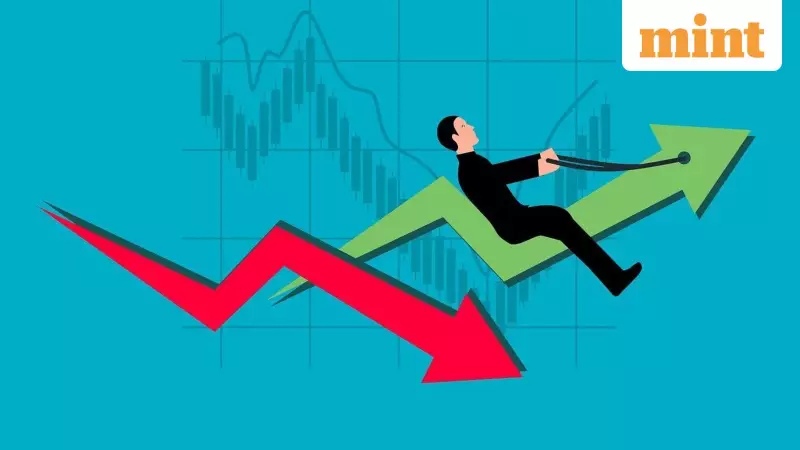
Indian stock markets are currently witnessing a fascinating paradox that every retail investor should understand. When you compare the market valuations of asset management companies (AMCs) and brokerage firms, you'll discover something that defies logic at first glance.
The Valuation Puzzle
Conduct a simple experiment: list mutual fund operators by market capitalization, then do the same for brokerage companies. The results will surprise you. HDFC AMC, the largest mutual fund operator managing approximately ₹8.15 trillion, now shares similar valuation with Billionbrains, the parent company of recently listed brokerage platform Groww.
As you examine both lists, the pattern continues with other companies showing comparable valuation distributions. While the AMC list appears cleaner with fewer small players, the overall market capitalization alignment between these two fundamentally different business models is unmistakable.
Revenue Models vs Customer Outcomes
Here's where the irony becomes starkly evident. Mutual fund companies typically see 80-90% of their customers earning positive returns over meaningful time periods. In stark contrast, approximately 90-95% of active futures and options (F&O) traders lose money according to SEBI research and industry data.
These aren't parallel businesses—they're mirror opposites in terms of customer outcomes. Yet stock markets value them similarly because markets reward revenue generation, not customer success.
Mutual funds earn fees based on assets under management (AUM). As your investments grow, their revenue increases. This creates directional alignment between your profits and theirs. Over the long term, poorly performing fund houses naturally lose assets and revenue.
Brokerages operate on a completely different engine. They earn primarily from transaction fees—every buy and sell order—plus account charges and margin funding. Their revenue depends not on your investment success, but on your trading frequency. The high-frequency trading that generates maximum brokerage income is precisely the behavior that causes most retail investors to lose money.
The Derivatives Dilemma
The tension becomes even more pronounced in derivatives trading. SEBI found that 89% of individual F&O traders lose money consistently. Despite this alarming statistic, brokerages aggressively promote options trading because it drives massive transaction volumes.
Extended market hours, one-click options interfaces, and a flood of technical analysis-focused "educational content" all push investors toward more frequent trading rather than better outcomes. The business model incentives are fundamentally misaligned with investor success.
From a pure business perspective, both models effectively generate revenue. A brokerage encouraging high-frequency trading can be as profitable as a mutual fund company managing long-term investments—sometimes more profitable given the transaction volumes involved.
However, as an investor, you must care about which business model you're supporting with your capital. When you invest through mutual funds, you're using services where providers benefit from your success. When you engage in frequent trading, particularly derivatives, you're using services where providers benefit from your activity regardless of outcome.
This analysis isn't about demonizing brokerages—they provide legitimate services that some investors genuinely need for portfolio management. However, the similarity in valuations between these opposite business models serves as a crucial warning. The market doesn't distinguish between companies that help customers win and companies that profit from customer losses. Markets only care about revenue and profits.
When choosing how to invest your hard-earned money, ignore the slick interfaces and flashy offers. Ask yourself one critical question: Is this company's business model aligned with my financial outcomes—or merely with my activity? The answer could prevent you from joining the 90% who eventually learn the hard way that similar market valuations don't translate into similar customer results.





